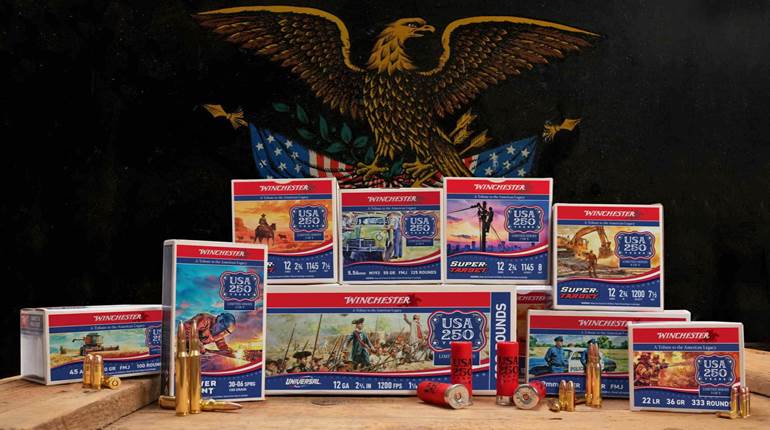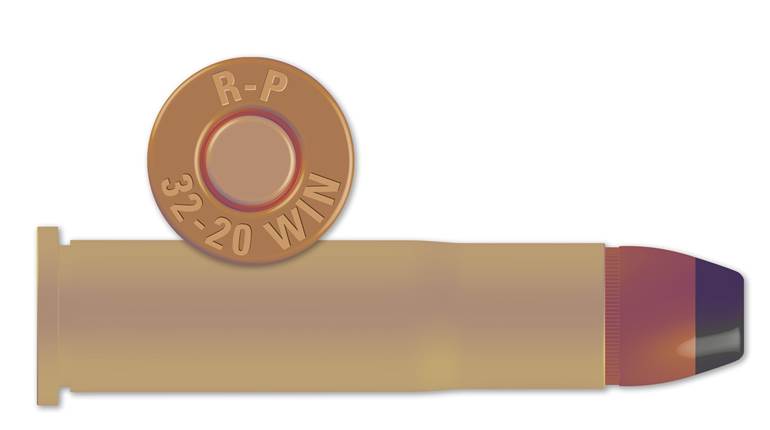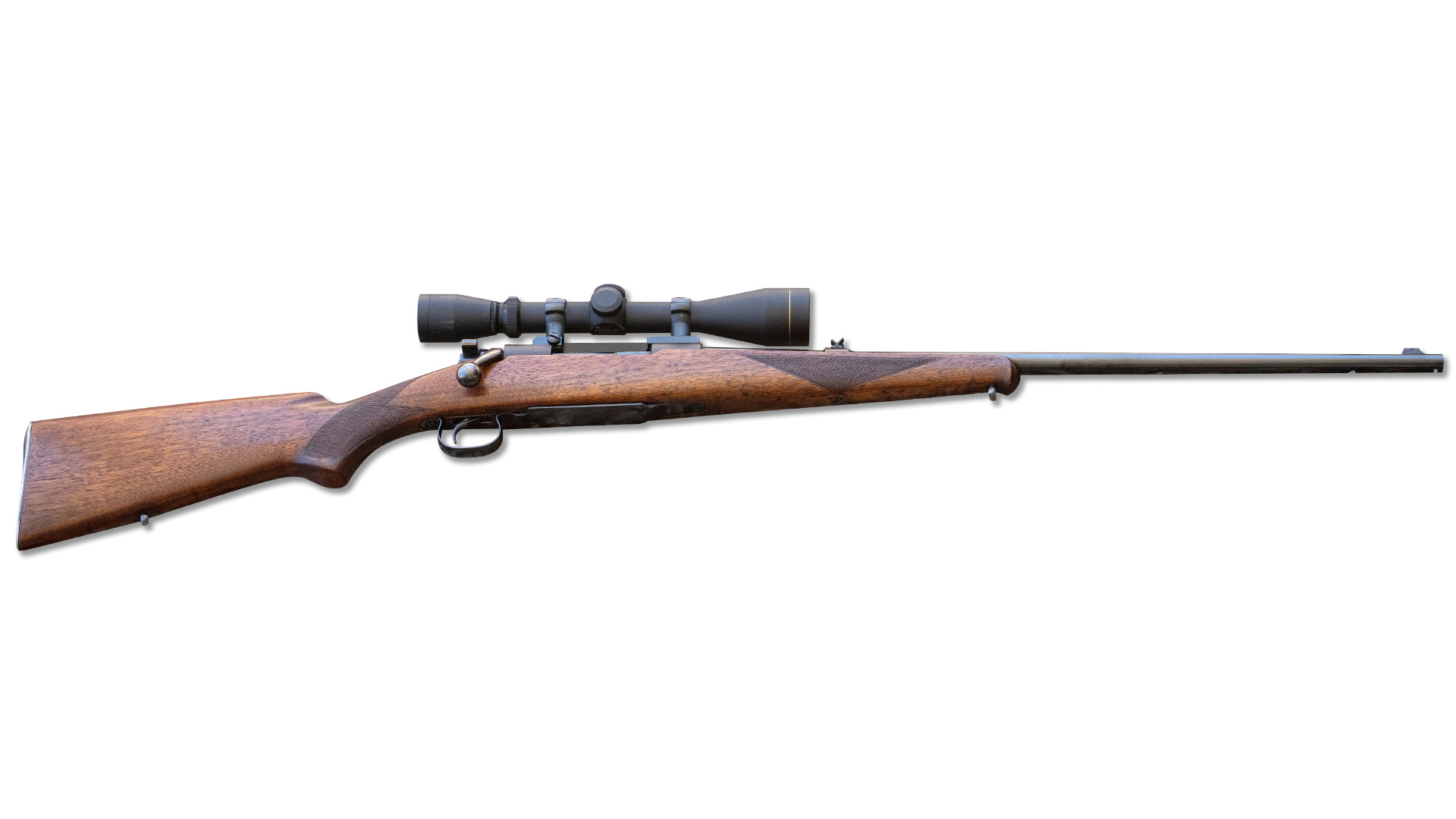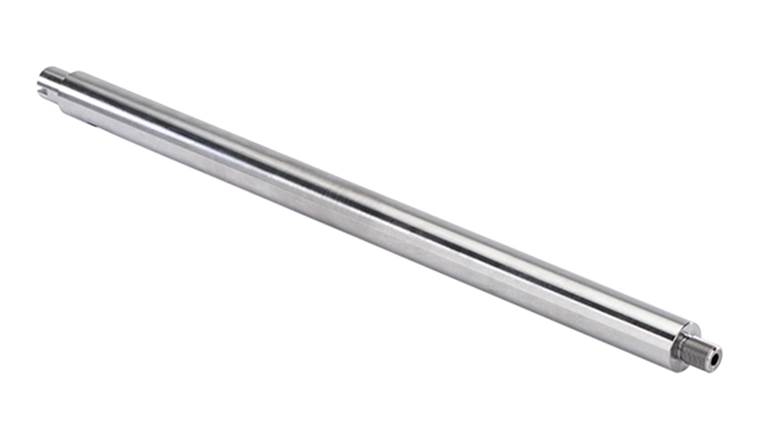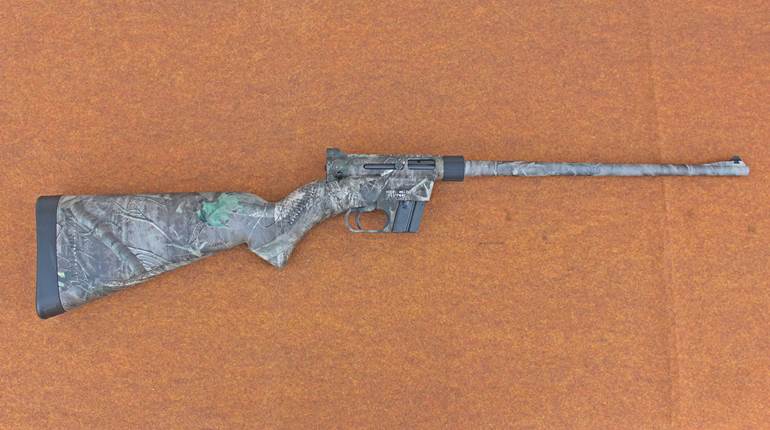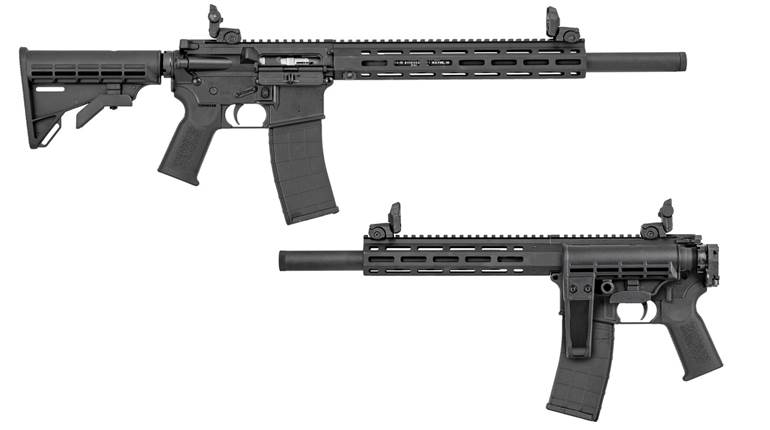
For 35 years my Ruger Model 77 chambered in .25-’06 Rem. provided great enjoyment—from shooting ground squirrels and marmots to hunting big game from antelope to elk. But all those years of shooting ate away the .25-’06’s barrel to the point that the first 6 inches of its bore looked like wrinkled alligator hide, and its accuracy fell off to the extent that a prairie dog perched on its mound much farther away than 150 yards was in no grave danger
So last winter I sent the rifle to Sisk Rifles in Dayton, Texas, for a new barrel. A couple months later Charlie Sisk returned the rifle with a new 24-inch Lilja barrel with a 1:10-inch twist. As a bonus, Sisk applied a durable, ceramic-based finish called Cerakote to the barrel and action that protects the metal from corrosion and wear.
To develop loads for the new barrel I tried some varmint and big-game loads that had shot well through the years in the old barrel and sampled a few new bullets and propellants to see if they have advanced the .25-’06 Rem. in the last 35 years. The American Rifleman test of a load’s accuracy is five consecutive, five-shot groups at 100 yards. Firing that many rounds, though, to find several suitable loads could cook a .25-’06’s bore. So I started by selecting four bullets and four propellants for each bullet and shot three-shot groups with each combination. While three shots may not reveal whether a load is precise in the long haul, they do illustrate whether a load is inaccurate. Those few shots also reveal whether your velocity requirements are met.
Varmint Loads
Ground squirrels are most of the reason I torched the Ruger’s first barrel. When I bought the .25-’06 Rem., it and a .30-’06 Sprg. were my only center-fire rifles. I liked the .25-’06’s mild recoil (compared to the 125-grain bullets fired from the .30-’06 Sprg.) shooting Hornady or Sierra 75-grain hollow-point bullets at 3,500 fps, and it was great fun to shoot at the little varmints the whole of a summer day.
One day it dawned on me that the Leupold 2-7X scope on my rifle failed to provide a close enough look to aim precisely at ground squirrels or marmots past 300 yards, so the 3,500 fps with the 75-grain bullets and 49.0 grains of IMR4320 was a waste of propellant and velocity. Backing off to 42.0 grains of IMR4320 dropped velocity to about 3,000 fps. At that reduced speed I could still aim at the nose of a marmot at 300 yards and knock it off its rock perch. My records show that this reduced powder charge doubled the extreme spreads of velocity compared to the heavier propellant charge that more nearly filled .25-’06 Rem. cases.
The sharp plastic tip on today’s Hornady 75-grain V-Max bullet means it has a slightly higher ballistic coefficient compared to the old hollow point. The result is that the V-Max bullets drop about an inch less at 300 yards. The V-Max bullets clocked up to 3,685 fps from the new .25-’06 Rem. barrel driven with 55.0 grains of W760. That results in only 8 inches of drop at 350 yards with the bullets hitting 1-inch high at 100 yards. But repeated shots with that much propellant would soon put me in the market for yet another barrel. Consequently the .25-’06 Rem. and I will enjoy occasional trips with the load using 42.0 grains of IMR4320 and 75-grain V-Max bullets to shoot gophers and keep my eye sharp. Besides, now I have a .223 Rem. and a .22-.250 Rem. that can take the pounding of long-range varmint shooting.
Antelope Loads
Hunting pronghorn antelope can be a long-range affair. Every season for decades I shot antelope with the .25-’06 Rem., a few were at 400 yards, but most stood close to either side of 150 yards. My standard load was Sierra 100-grain bullets with 53.0 grains of IMR4350 for a muzzle velocity of 3,245 fps. At all of those distances the Sierras held together and penetrated deeply. With such good results there was no sense changing bullets. Nonetheless, I also shot the newer Barnes 100-grain Triple-Shock X-Bullet because it’s a great bullet that hangs tough no matter what it hits.
Two more recently developed propellants significantly increased the velocity of the 100-grain bullets compared to my old load of IMR4350. Ramshot Hunter clocked 3,412 fps with the Sierra bullet and Alliant Reloder 17 drove the Barnes at 3,441 fps. Those speeds put my .25-’06 Rem. on the heels of the .257 Wby. Mag. With the Sierra bullet sighted 3 inches above the point of aim at 100 yards, it is right on aim at 310 yards and there is no worry about holdover on an antelope out to 375 yards.
Loads For Larger Game
At home in Montana, deer and elk seasons run concurrently. While looking for whitetail or mule deer through the years I’ve shot four elk with my .25-’06 Rem. The 120-grain Nosler Partitions and Speer Grand Slams went completely through the elk. One bull staggered all of 30 yards before it pitched over. Some great controlled-expansion .25-cal. bullets, such as the Barnes 115-grain Triple-Shock X-Bullet and Swift 120-grain A-Frame, have come to market since I started shooting the .25-’06 Rem. 35 years ago. But switching from the Partition now would be sort of like trading in my wife to satisfy some idiotic midlife crisis.
Reloading manuals from years ago list 54.0 grains—and often heavier charges—of H4831 with 120-grain bullets. Today’s manuals top out at a couple grains lighter. I’ve used 54.0 grains for decades and never had the slightest hiccup with it, and opening the Ruger’s bolt on a fired case has always been as easy as picking a daisy. Of course, as a safe and astute handloader, you will reduce all the listed loads by a couple grains to start your .25-’06 Rem. reloading. A couple of new propellants did increase the Partition’s velocity by slightly more than 100 fps. But accuracy with Ramshot Magnum and Alliant Reloder 25 was not on par with H4831.
I won’t be running the new .25-’06 Rem. barrel too fast or hard. It’ll still get out for some varmint shooting with 75-grain A-Max bullets at reduced velocity, just to keep my eye sharp for big-game season. For those few shots at big game, the Sierra 100-grain GameKing with its flat trajectory and the 120-grain Nosler Partition for its punch will work just fine for antelope to elk. All three loads will certainly provide another 35 years of great shooting and fun with the .25-’06 Rem.














